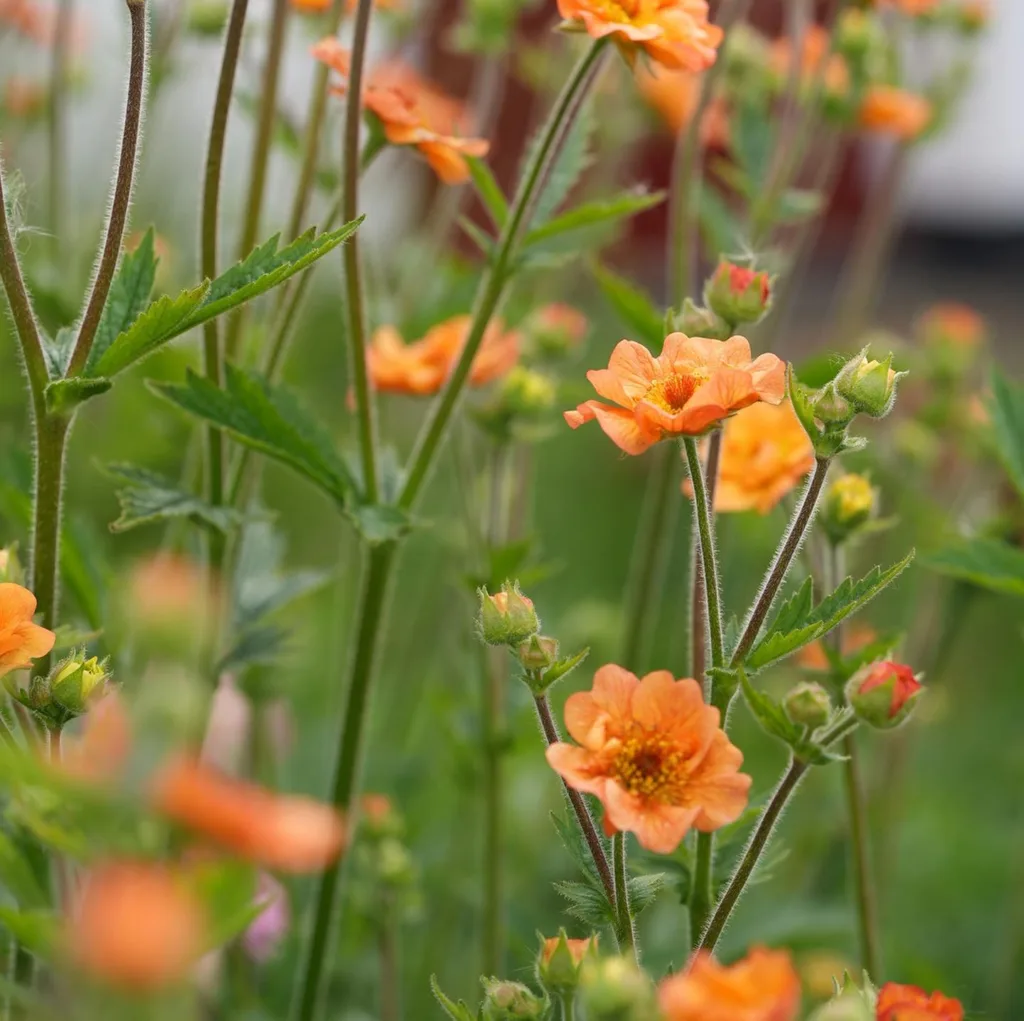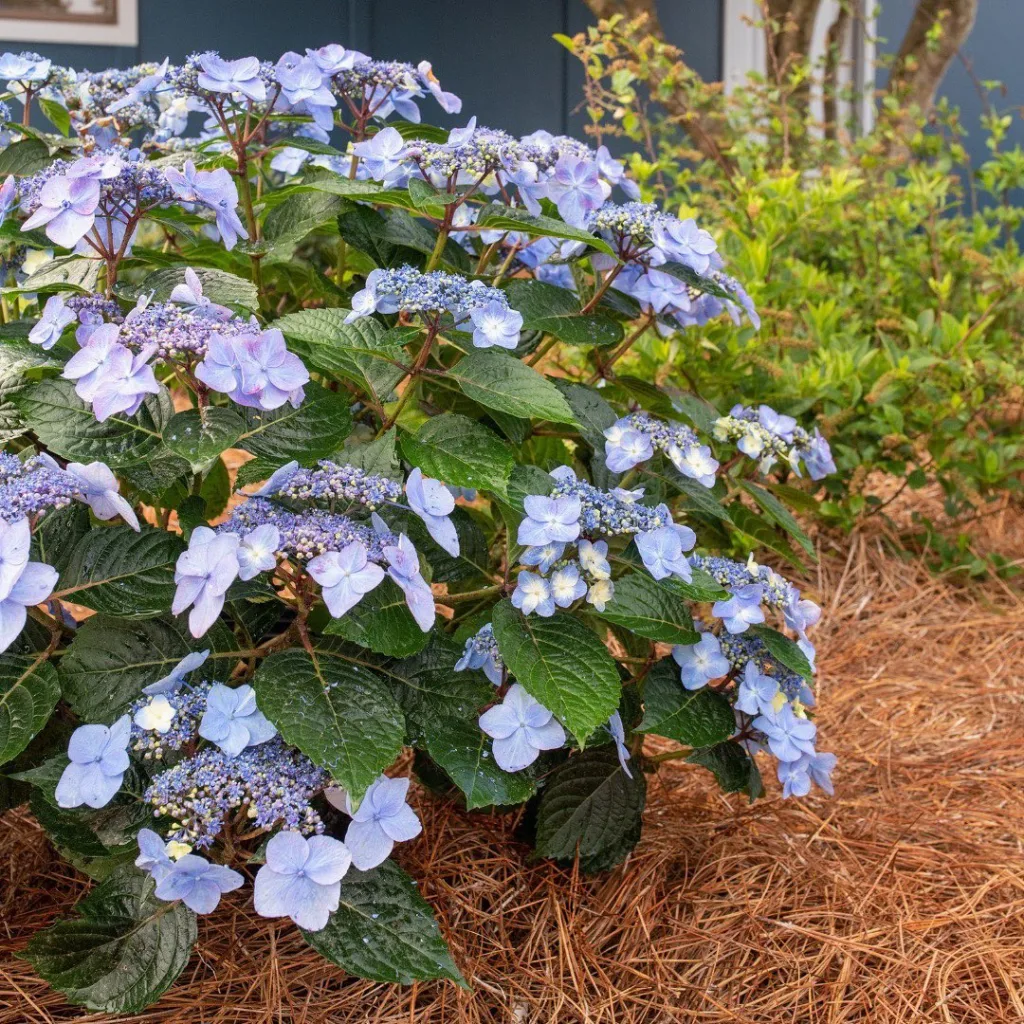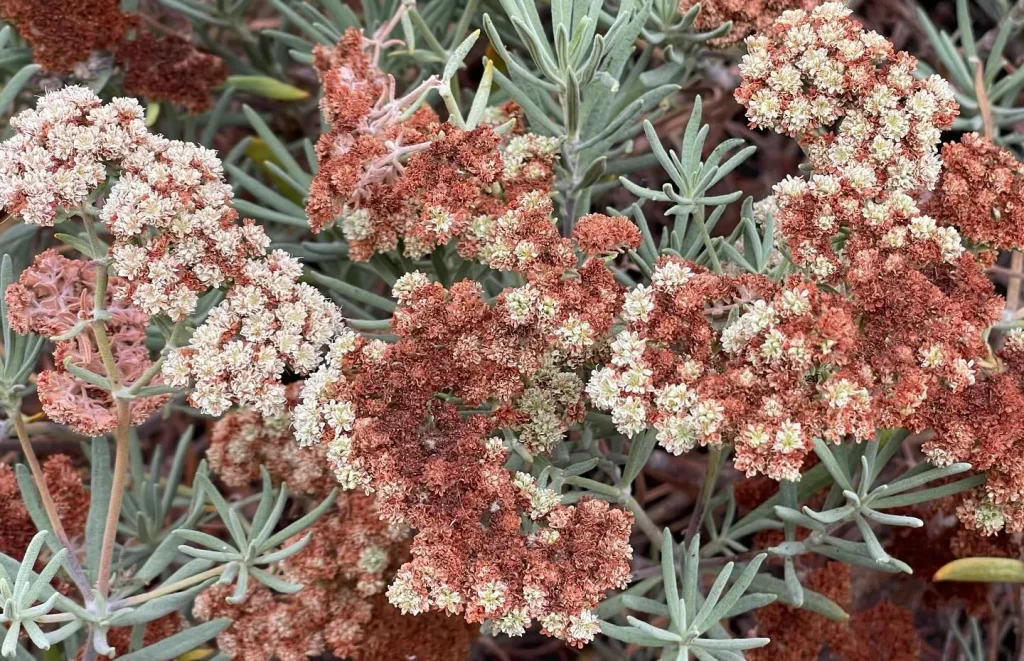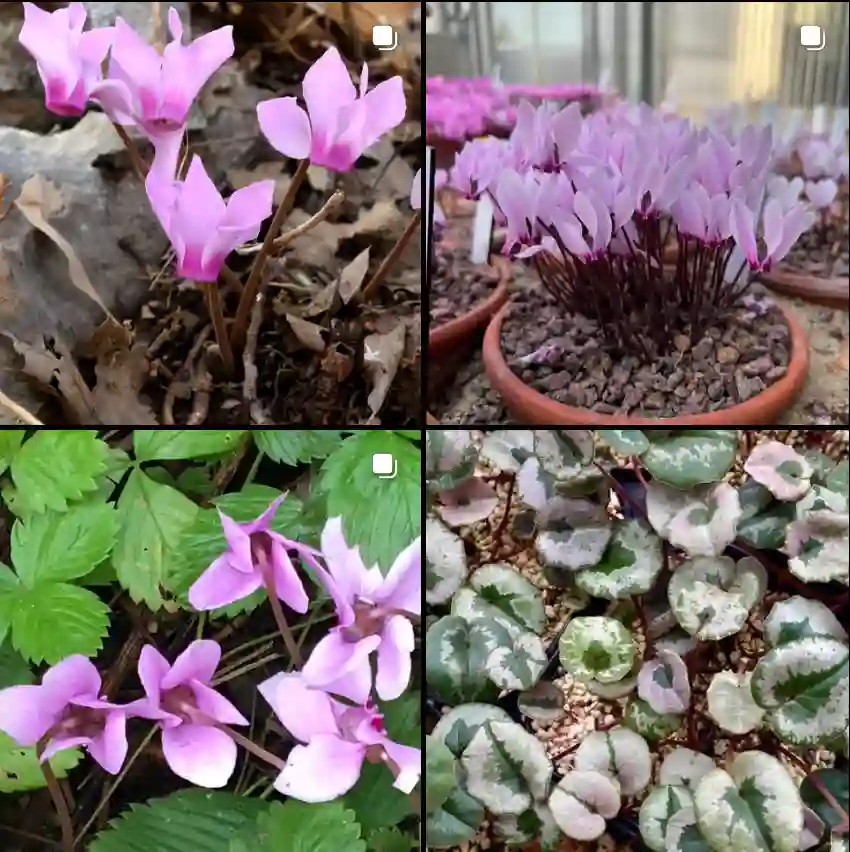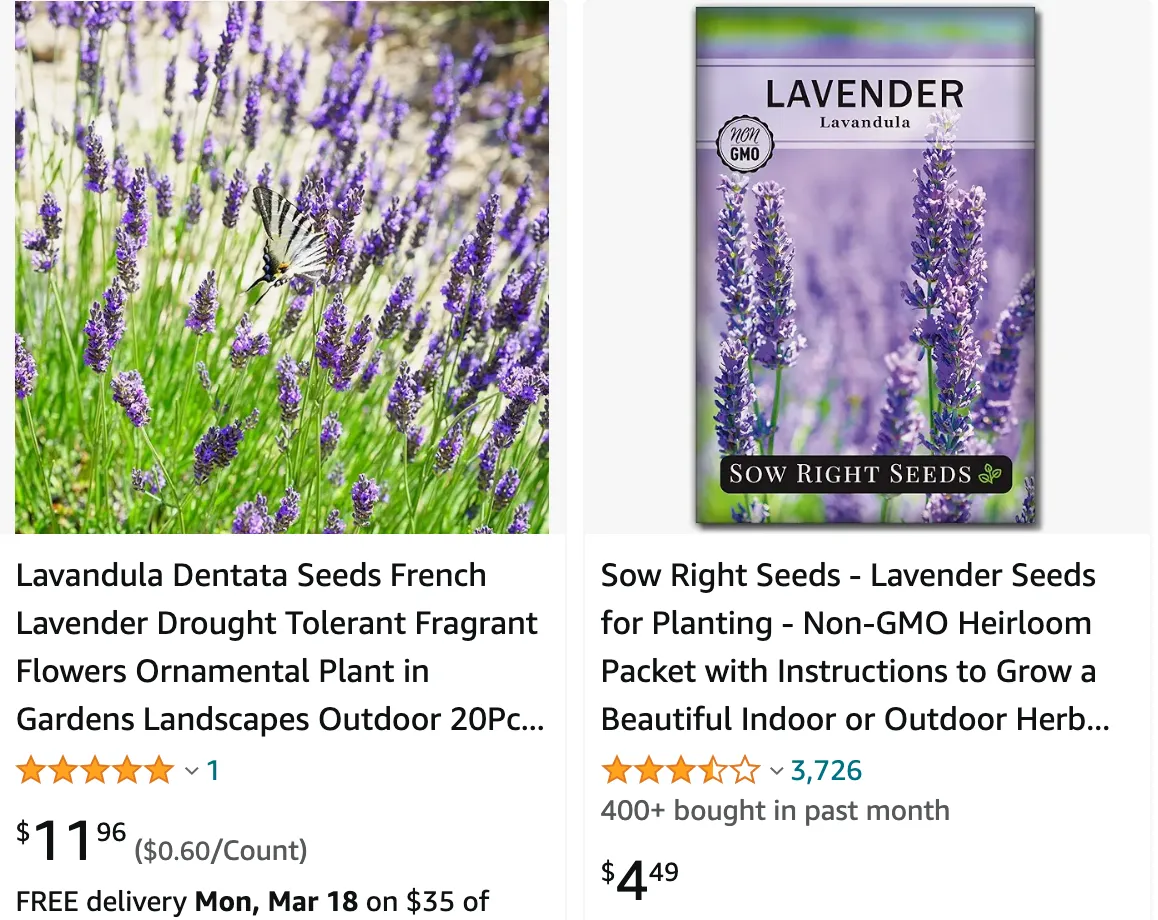
My Love Affair with Lavandula Dentata: The Fringed Beauty
Fringed lavender, or Lavandula dentata, has become a constant source of delight in my garden. Its soft, grey-green foliage, boasting delicate, serrated edges (earning its “dentata” namesake), adds a touch of elegance, while the profusion of lilac-purple blooms in late spring and early summer fills the air with a sweetly herbaceous fragrance. But Lavandula dentata’s charm extends beyond aesthetics. It’s a low-maintenance plant, thriving in our hot climate and requiring minimal fuss.
Here, I’ll share my experience cultivating this captivating herb, offering tips on caring for it, propagating it from seeds, and even incorporating it into your culinary creations.
49 Species in Genus Lavandula
French lavender vs english lavender
French lavender has a charming, slightly sweeter fragrance that I find more inviting than English lavender, which I think has a sharper, more medicinal smell.
French lavender vs spanish lavender
When comparing French lavender to Spanish lavender, I appreciate the Spanish variety’s distinct, almost pineapple-like scent, which adds an exotic twist to my garden compared to the more traditional French lavender.
French lavender vs bulgarian lavender
Bulgarian lavender, with its rich, deep aroma, feels more robust and earthy to me compared to the lighter, more delicate scent of French lavender.
French lavender vs goodwin creek
Goodwin Creek lavender, with its striking, silvery foliage and intense fragrance, stands out in my garden as a more dramatic choice compared to the subtler and softer notes of French lavender.
How to Germinate Lavandula Dentata Seeds?
There’s a certain satisfaction in nurturing a plant from a tiny seed, and Lavandula dentata is a rewarding candidate for germination. Here’s what I’ve found works best:
- Timing is key: Aim to sow your seeds in late fall or early spring when temperatures hover around 65-70°F (18-21°C).
- Prepare the seedbed: Choose a well-draining potting mix. A mixture of sand, compost, and potting soil works well. Moisten the mixture but avoid overwatering.
- Sowing the seeds: Scatter the tiny seeds lightly over the soil surface and gently press them in. Don’t bury them deeply – they need sunlight to germinate.
- Light and moisture: Keep the seed tray in a warm, sunny location and mist the surface regularly to maintain consistent moisture.
- Patience is a virtue: Germination can take anywhere from 4-6 weeks. Once seedlings emerge, provide ample sunlight and continue to keep the soil evenly moist.
How to Care for Lavandula Dentata?
Once established, Lavandula dentata is a remarkably low-maintenance plant. Here’s how I keep mine thriving:
- Sun worship: Fringed lavender craves sunshine. Aim for at least 6-8 hours of direct sunlight daily.
- Water wisely: While drought-tolerant, Lavandula dentata appreciates occasional watering, especially during prolonged dry spells. Allow the soil to dry slightly between waterings.
- Feeding time: A light feeding in early spring with a balanced fertilizer can promote healthy growth and abundant blooms.
- Pruning for perfection: Regular pruning encourages bushier growth and more blooms. Snip off spent flowers after blooming to promote a second flush and maintain a neat shape.
How to Prune Lavandula Dentata?
Pruning not only keeps your Lavandula dentata looking its best but also encourages bushier growth and more flowers. Here’s my approach:
- Timing your cuts: The ideal time to prune is just after flowering has finished, typically in late spring or early summer.
- Shape it up: Aim to remove about a third of the plant’s overall height. You can also trim back leggy stems to encourage new growth.
- Sharp tools are essential: Use sharp pruning shears to make clean cuts and avoid damaging the plant.
Is Lavandula Dentata Edible?
The answer is a delightful yes! Lavandula dentata’s fragrant leaves add a subtle floral note to culinary creations. Here are some ways to incorporate it into your meals:
- Sweet treats: Use finely chopped leaves to infuse sugar for baked goods or sprinkle them on top of cakes and cookies for a delicate lavender aroma.
- Savory delights: Add a few leaves to marinades for grilled meats or fish. You can also use them to infuse olive oil for salad dressings or dips.
- Herbal tea: Steep a few leaves in hot water for a calming and fragrant herbal tea.
Where to Buy Lavandula Dentata?
Finding Lavandula dentata can be as rewarding as growing it. Here are some options to consider:
- Local nurseries: Many nurseries specialize in herbs and offer a wide variety of lavender plants.
- Online retailers: Several online retailers offer Lavandula dentata seeds and young plants.
- Plant swaps: Participating in plant swaps with fellow gardening enthusiasts can be a fun way to acquire new plants, including Lavandula dentata.
With its captivating beauty, delightful fragrance, and surprising culinary versatility, Lavandula dentata has become a cherished resident in my garden. So, if you’re looking for a low-maintenance plant that offers year-round interest, consider giving fringed lavender a try. You might just discover a new love affair of your own.
If i die, water my plants!
